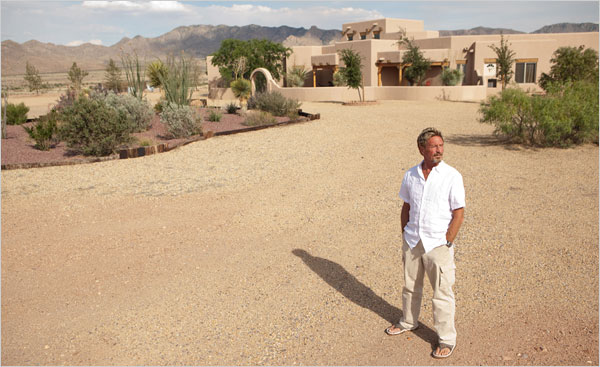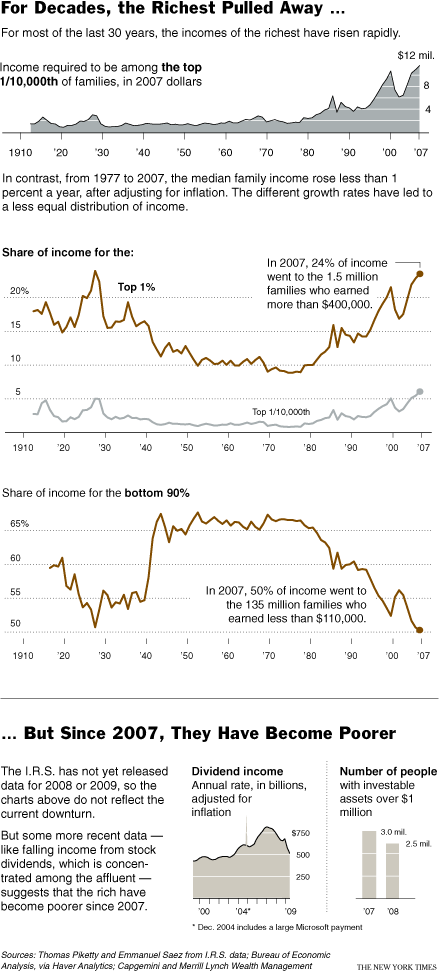| Want to send this page or a link to a friend? Click on mail at the top of this window. |
More Special Reports |
| Posted August 21, 2009 |
| National |
| After 30-Year Run, Rise of the |
| Super-Rich Hits a Sobering Wall |
 |
|
PHOTOGRAPHS BY CHRIS RICHARDS FOR THE NEW YORK TIMES |
| John McAfee is auctioning off this property in New Mexico to pay bills. His worth has fallen to about $4 million from a peak of about $100 million, |
|
By DAVID LEONHARDT |
|
and GERALDINE FABRIKANT |
| No More '50s and '60s |
|
|
|
 |
|
| Mr. McAfee, who made his fortune in antivirus software, bought the property to have a place to fly-open-cockpit planes with his friends. | |
|
|
| Making More Money |
|
|
|
 |
|
|
|
| Stock Market Mystery |
| Wehaitians.com, the scholarly journal of democracy and human rights |
| More from wehaitians.com |